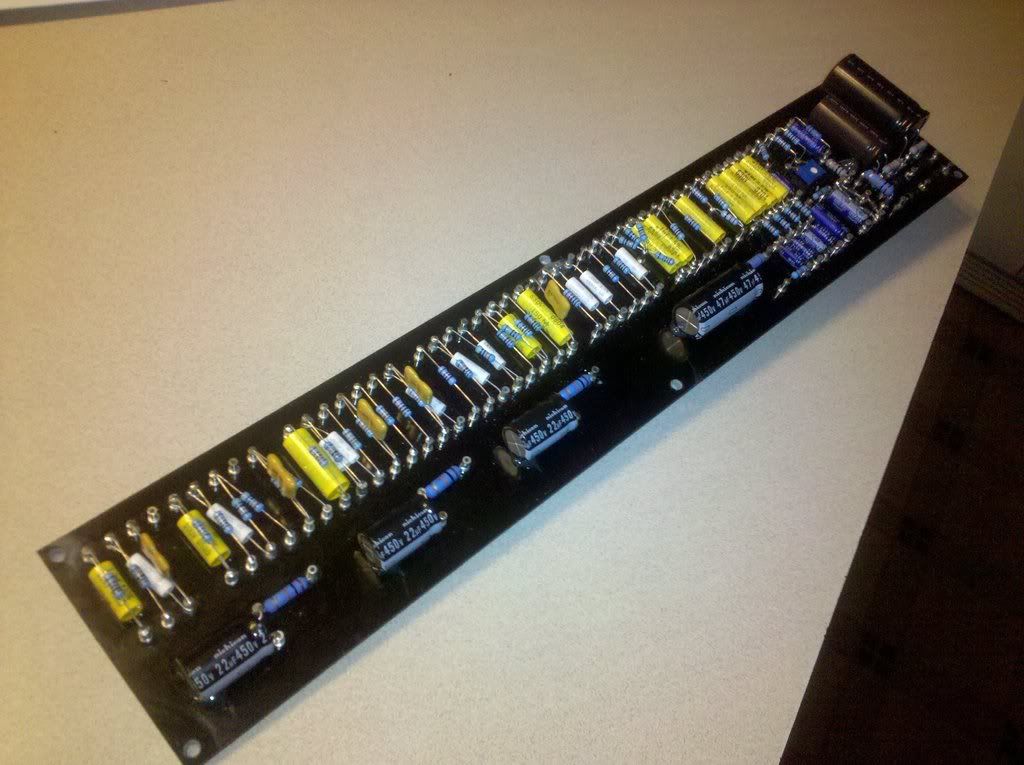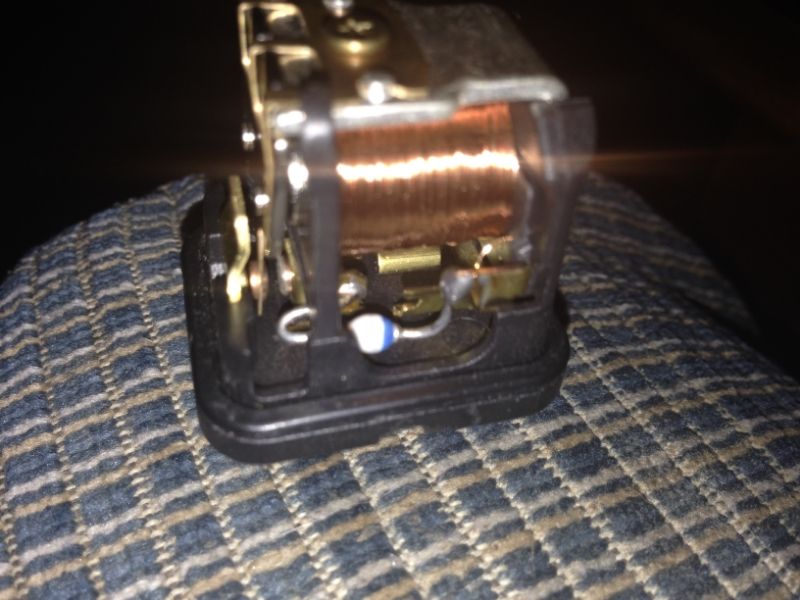Thanks for that Wolf. Your right, I was WAY over thinking it with all the capacitor nonsense. This is why I'm a civil engineer and we hire out our electrical design

.
I get your point about the switch, but I just can't let it go. I know, I'm silly but I think the new solution is perfect for my needs. Yesterday I simply tried simply jumping the blue and white wires and it worked like a charm. Although I didn't put a diode into the jumper like you show, which is probably a good idea but I don't have a spare at the moment. I'm kind of thinking that diode is a unnecessary precaution though and I didn't have any problems tinkering with it last night.
So that Issue is finally solved. YES, you can use a standard 4 pin relay for the headlight with only a slight modification. Total cost:
1 x $6 4-pin universal relay (found at any parts store)
1 x Free piece of spare wire about 3" long
1 x $1.50 diode (1N4001), Optional
TOTAL: $7.50 and about 10 minutes of labor.
Alternatively, I'm sure you could also just find a universal latching relay if you wanted.
I will post a picture of my set-up when I get home from work.
A big THANK YOU to Arfstrom and Wolfe_11B for taking a large amount of time with my issues. It would appear my charging system works and I was able to fix the PO's headlight mistake. Another thing checked off the list. Now back to those stupid carbs...
 you got me on that one. A capacitor is typically for holding short term energy, and to be able to provide energy as needed. and typcially can not or will not hold energy in a off state.
you got me on that one. A capacitor is typically for holding short term energy, and to be able to provide energy as needed. and typcially can not or will not hold energy in a off state.





 I don't have a smaller battery for now, but I do like the idea of keeping the OEM functionality and keeps the option available in the future. It also requires less cranking amps so it might help the battery last a little while longer. Lastly, I'm horribly forgetful and would probably never end up using a switch. I would either drive with it off or start it with it on. Not worth the potential ticket.
I don't have a smaller battery for now, but I do like the idea of keeping the OEM functionality and keeps the option available in the future. It also requires less cranking amps so it might help the battery last a little while longer. Lastly, I'm horribly forgetful and would probably never end up using a switch. I would either drive with it off or start it with it on. Not worth the potential ticket.



